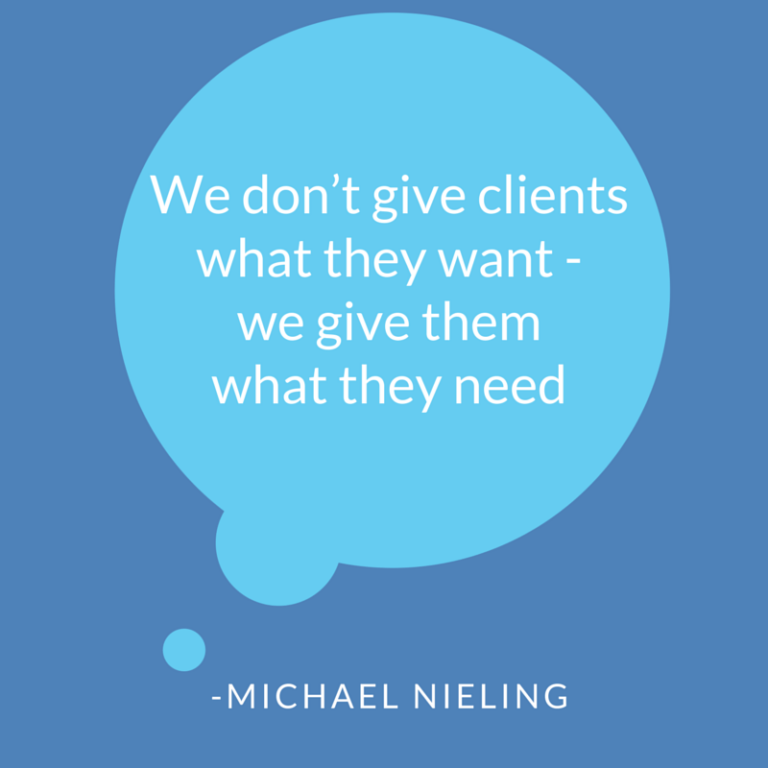How UX designers can set and stick to goals to propel their careers

The turn of the calendar to a new year is traditionally the time when many of us look at what we want to achieve and how we’re going to get there. It’s time for goal-setting. The media talk about resolutions, which is a popular goal-setting method.But how many of us actually keep up with our resolutions?
Resolutions are hard to keep. That’s why goal-setting must be intentional and purposeful. In this article I’ll explain why we set goals, how to set up SMARTER goals, and how to stick the goals we’ve set.
Why goal-setting?
Only 3 percent of Americans write down goals, according to a Harvard Business Study. And for those you set New year’s resolutions — only 8% achieve them.
Why are goals important? Goals are what lead to future success. Here are a few things to consider.
Guide and align focus
Goals guide us toward the vision we have for ourselves. Goals provide us with something to work towards. They align our focus and guide us in our decisions of how to approach a project.
Let’s put in UX terms, if we design something with no user in mind it makes it that much harder to find the right design. If we have a persona then we have something that helps guides our design decisions and use the persona as a reference point. Goals do the same thing in our life!
Turn something big into something snackable
When we create a SMARTER goal, we break something big into something that we can actually achieve. For example, if we want to eat a big pizza, we don’t spin it on our fingers and eat it whole like a Teenage Mutant Ninja Turtle. For most of us, we break the pizza into smaller slices that we then eat.
The same can apply to goals, take something big and turn it into a snackable pizza slice.
Continuous improvements
Goals allow us to continue to iterate on ourselves so that we can keep moving forward. When we have a vision of what we what to become or where we want to be that is different from where we are today, the gap between those two states can be large. Goals can help us make small improvements over time so that we’re always working toward the bigger vision.
Accountability
Finally, goals drive us to seek accountability. When we are accountable to ourselves or others for accomplishing what we set out to do, it helps us grow and challenge ourselves There are many benefits to accountability, including providing a feeling of ownership and improving performance over time.
If you want to live a happy life, tie it to a goal, not to people or things.”
-Albert Einstein
Creating Goals
Let your values guide you
Understanding your values is a great way to help you shape your goals as you create them. These can act as touch-points in the goal-creation process. If one of your values is creativity, it will be really important for you to consider goals that feed your creativity. You are also more likely to stick with the goal.
Identifying your values
Values are your guiding principles. When you know what guides you, it helps you focus on what’s important to you. Here’s an activity you can do to identify your values.
First, create a large list of words. Here are some suggestions, but definitely add to the below list.
Spend some time reviewing the list and narrow it down to 3-5 words that most resonate with you.
Values
- Loyalty
- Adventure
- Recognition
- Competence
- Independence
- Fairness
- Efficiency
- Family
- Customer
- Satisfaction
- Effectiveness
- Quality
- Urgency
- Knowledge
- Accountable
- High class
- Authority
- Money/Wealth
- Status
- Commitment
- Perfection
- Structure
- Wisdom
- Creativity
- Innovation
- Volunteerism
- Service
- Fitness
- Integrity
- Legacy
- Courage
- Diversity
- Achievement
- Teamwork
- Simplicity
- Mindfulness
- Fun
- Trust
- Honesty
- Balance
- Growth
- Passion
- Change
- Faith/Religion
The big picture
“Where do you see yourself in 3-5 years?” is a popular interview question. Why is this important for hiring managers to know? They want to know if you have a vision for yourself. If we have an idea of where we want to go then we can then break that down into smaller pieces.
As designers, we don’t start creating random buttons on a website or app. We need a bigger picture of how that will relate to the overall site/app. The same thing is important for goals.
Create a vision
Create a vision for what you want in 3 to 5 years. What will that look like? Be specific and descriptive. And dream big! When it comes to vision, you don’t necessarily need to be governed by today’s reality. If you see yourself as a lead UX designer on a team of 400, write that down. Don’t let your own fears or uncertainty keep you from creating a vision for yourself. Your vision is about setting a trajectory. It’s more important to be headed in the right direction than whether you achieve that specific vision in 5 years.
Once you have your vision, think about what you need to do over the next year to move toward that place. From there you can create the goals to get where you need to be one year later. Then of course evaluate, rinse, and repeat.
Create ‘SMARTER’ goals
The most effective goals are those that meet “SMARTER” criteria. You may have heard of SMART goals. The biggest thing that is different is our addition of the E and R which we feel are extremely important when it comes to creating goals but you want something that will not only bring you joy while doing it, but also something that you can look back at and feel proud that you accomplished it. These two additions are one way of creating goals that you will stick with.
As you set each goal, review it to make sure it hits all of the following marks:
S – Specific
Is this specific or general? Specificity ensures that you aren’t vague and know what you are trying to achieve.
M – Measurable
Is this goal measurable? By quantifying your goal you can actually tell if you achieved it.
A – Attainable / Achievable
Is this goal attainable? Be honest with yourself. Can you actually get up every day at 4am for a run or would that be tough for you to achieve?
R – Realistic
Is your goal real or practical? If you’re a junior designer right now, it may not be practical to be a senior level designer by the end of the year.
T – Time-bound
Are you setting a time-frame around your goal?
E – Enjoyable
Will you enjoy working toward your goal?
R – Rewarding
Will you find the work toward your goal rewarding?
Let’s look at an example
Let’s imagine your goal is to improve your Figma skills. Here what you might set as a goal with and without making the goal SMARTER.
Example 1
Good goal: Get better at Figma
SMARTER goal:
Accomplish 4 30-day design challenges that I can create in Figma
Or
Create a Figma library that I can share to other Figma users.
Get started with goal-setting
Download our free worksheet to help you create and track your goals this year!

Your MIG
MIG stands for “Most Important Goal.” This is the goal that is the key to accomplishing all other goals.
Take a long look at your goals. Which one — if you accomplish it — will unlock the ability to accomplish the others?
Sticking to your goals
Goal-setting can be tough, but sticking with them and achieving them is harder. As we know, only 8 percent of Americans achieve their goals.Here some methods for sticking with those goals.
Make goals visible
It may sound simplistic but if you have the goals printed out or written down on something tangible and put them somewhere you will look at everyday then it’ll stay top of mind. Seeing something everyday will motivate you to keep moving toward them.
You can print out your goals, but an even more effective way to make the visible is to create a vision board. Here’s how:
Create a vision board
Go on Google images or other image software and find images that represent each your goals. The key here is to find images that represent what it will feel like to achieve that goal.
For example, if your goal is to climb Mount Everest, don’t choose an image of Mount Everest, choose an image of the view from the top of Mount Everest.
Put your images on a piece of paper and laminate it. Then hang it next to your desk so you can look at it every day. Here’s an example:

Tell people
Sharing your goals with someone else helps us stay accountable because we’re also accountable to someone else. Studies have show that individuals who share their goals with a trusted person are more likely to achieve that goal. If you tell people your goals you’ll be even more motivated to stick with them because now it’s out in the world and people know about it!
Stick to a schedule
Remember part of these goals should be enjoyable so make a fun schedule out of it, maybe you do something small in the morning or before bed. To start or end your day with something nice you like doing, that way you have something to look forward each day.
Final thoughts
Now that you know how a successful method for goal-setting, you can go out in the world and make it your own. Or just continue to become a better designer, it’s really up to you!
Resources
Want to watch the presentation from Standard Beagle’s Cindy Brummer to the UX in ATX community? Here’s the video from the event:











